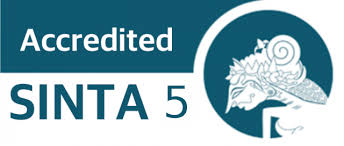Pelatihan Peningkatan Kemampuan Pengunaan Microsoft Office Bagi Mahasiswa Sekolah Tinggi Teologi Baptis Medan
DOI:
https://doi.org/10.55338/jpkmn.v2i2.252Keywords:
Microsoft Office, Training, Application SoftwareAbstract
Students at almost all levels of education are required to be technology literate, especially information technology. In addition to supporting educational activities, it also supports students in solving administrative problems. One of the software that can be used to support education and administrative issues is Microsoft Office. The application has many features that are still not familiar to some users, especially students. This was experienced by STT Baptist Medan who was not familiar with the many tools provided in Microsoft Word, Microsoft Excel, and Microsoft PowerPoint software. Some of the obstacles that are often encountered are the less than optimal use of the merge function in Word, the function of conditional formulas in Excel and animation, and multimedia in PowerPoint. During the implementation of service activities, it was concluded that the importance of direct Microsoft office training to students, especially study programs outside of computers. In the implementation of the training, students are able to use Microsoft Excel to manage numerical data. Microsoft word in managing data. Also the use of Microsoft PowerPoint in making presentations.
Downloads
Downloads
Published
How to Cite
Issue
Section
License
Copyright (c) 2022 Jonson Manurung, Bosker Sinaga, Paska Marto Hasugian, Logaraj Logaraj, Sethu Ramen

This work is licensed under a Creative Commons Attribution 4.0 International License.

 Jonson Manurung,
STMIK Pelita Nusantara,
Indonesia
Jonson Manurung,
STMIK Pelita Nusantara,
Indonesia 












